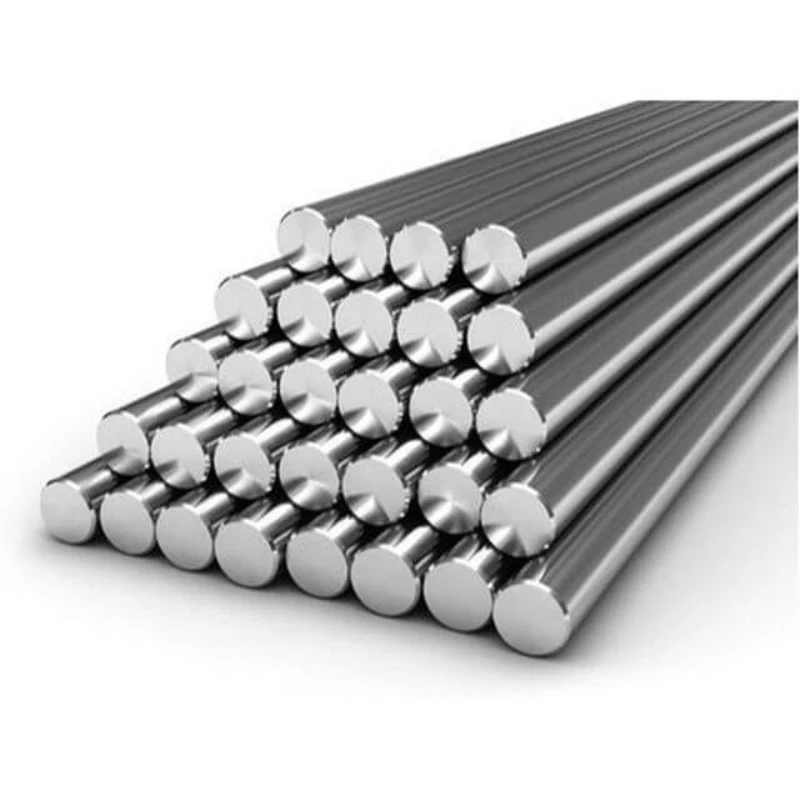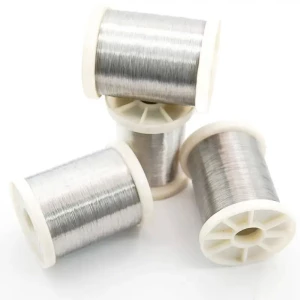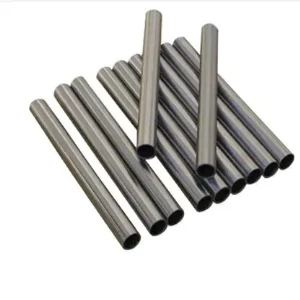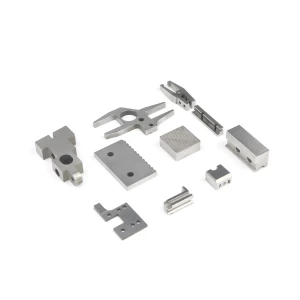Niobium-titanium alloy is an alloy composed of metal niobium and metal titanium. The content of titanium in industrial Nb-Ti alloys ranges from 20% to 60% (mass). The most typical Nb-Ti alloys contain 66% [about 50% (mass)]. They are important alloy superconducting materials. Their superconducting transition temperature is 8 ~ 10K. Adding other elements can further improve the superconducting properties.
| Product Name | Superconducting Niobium Titanium Alloy NbTi |
| Material | Nb-(50%~60%)Ti |
| Application | Medical, Industrial, Transportation, Electricity, New Energy, Military, Aerospace, Electricity, etc. |
The secret of Niobium Titanium alloy
Among many advanced materials, Niobium-Titanium alloys are favored by scientists and engineers because of their unique properties. This alloy combines two metallic elements with special properties, Niobium (Nb) and Titanium (Ti), to form a material that has wide applications in many fields. Today, we will explore in detail the characteristics, preparation process and application of niobium-titanium alloy in modern technology.
Basic features
Niobium and titanium are two metals each with distinct properties. Niobium is an element with a body-centered cubic crystal structure that is superconducting at low temperatures and maintains good chemical stability at high temperatures. Titanium, on the other hand, is known for its high strength-to-weight ratio, excellent corrosion resistance and biocompatibility. When these two metals are mixed in a certain proportion, the resulting niobium-titanium alloy inherits these excellent properties and exhibits even better performance in some aspects.
Alloy preparation
The preparation of Niobium-Titanium Alloys usually involves several key steps. First, pure niobium and pure titanium are smelted through an electric arc furnace or vacuum induction furnace to obtain a uniform alloy ingot. Next, heat treatment, such as annealing or aging, may be required to optimize the alloy's microstructure and properties. Finally, depending on the actual application requirements, the alloy ingots may need to be made into various shapes and sizes by cold or hot processing.
Application areas
Niobium-titanium alloys have a wide range of applications, ranging from aerospace to biomedicine to daily consumer products.
Aerospace: Due to its excellent mechanical strength and high temperature resistance, niobium-titanium alloys are often used in the manufacture of aircraft engine components, such as turbine blades.
-Medical devices: Taking advantage of its good biocompatibility and corrosion resistance, niobium-titanium alloy can be used in human implants, such as joint replacement devices and dental implants.
Industrial Equipment: In the chemical and petroleum industries, the alloy is used to make pipes, valves and other structural parts that are resistant to high pressure and corrosive environments.
Sports Equipment: Sporting goods manufacturers also use niobium-titanium alloys to improve the durability and performance of products such as golf club heads and bicycle frames.
research frontier
Currently, researchers are continuing to explore potential new applications for niobium-titanium alloys and ways to improve their existing properties. For example, ternary or multi-component alloys are formed by adding third elements such as aluminum (Al), vanadium (V), etc., in the hope of obtaining better strength or corrosion resistance. In addition, with the development of 3D printing technology, the potential of niobium-titanium alloys in customized production is also being tapped.
Conclusion
As an important engineering material in the 21st century, niobium-titanium alloy will undoubtedly continue to play a key role in future scientific and technological progress. Its versatility and adaptability make it ideal for solving many of today's engineering challenges. As materials science continues to develop, we look forward to niobium-titanium alloys bringing us more exciting application prospects.
We have more categories for you. lf you can't find the products you want above,just fill in the form and tell us whatproducts you want to import from China.
















